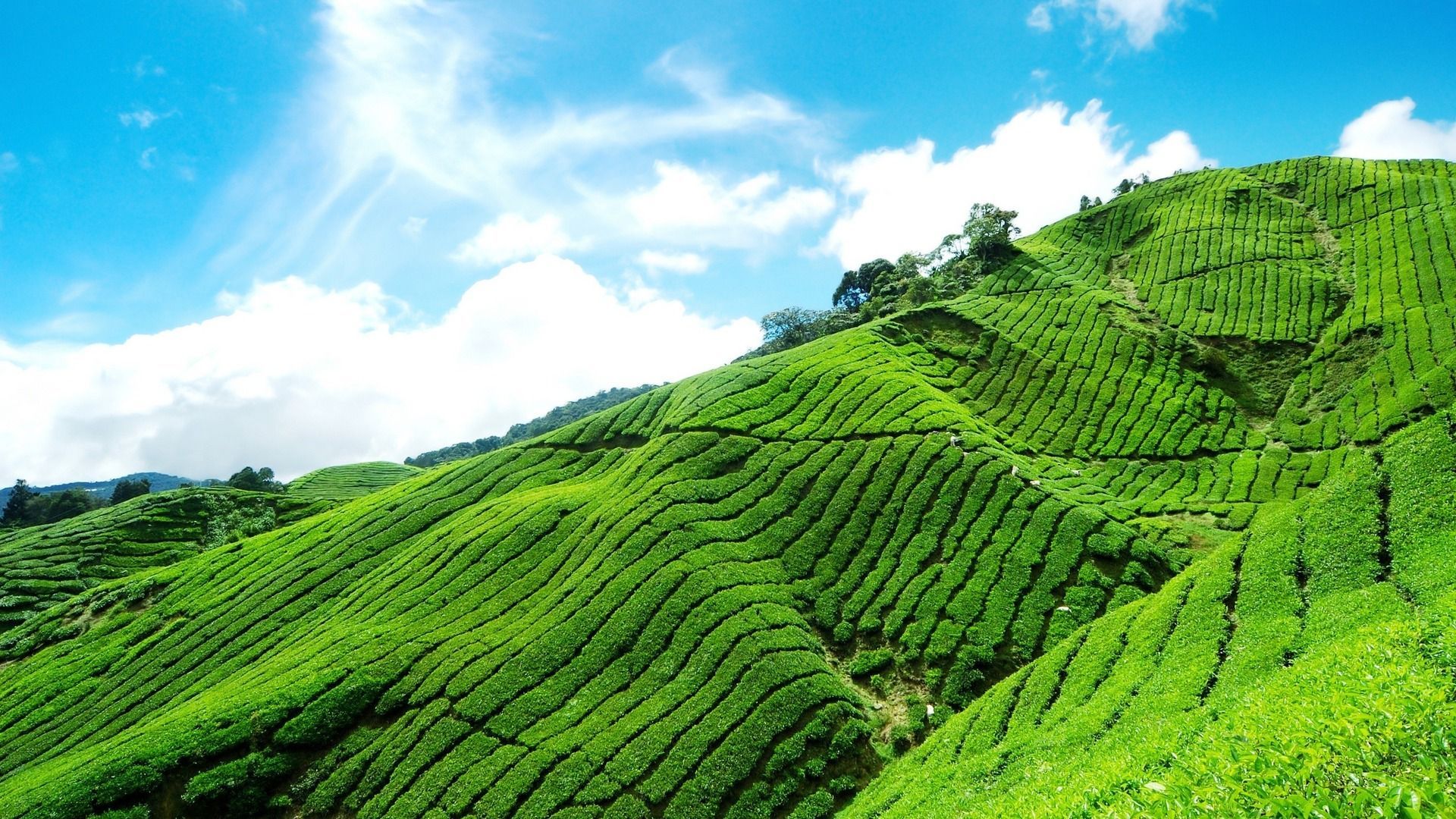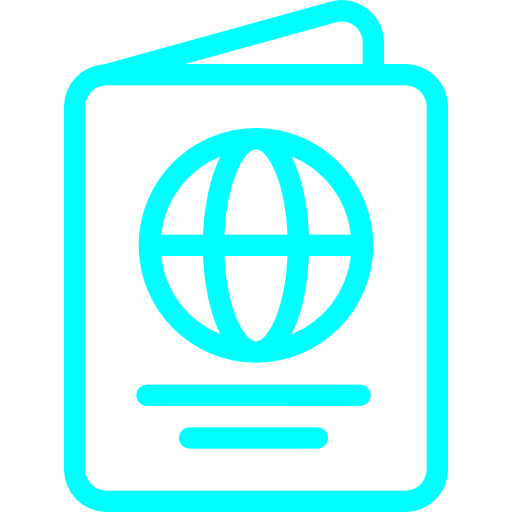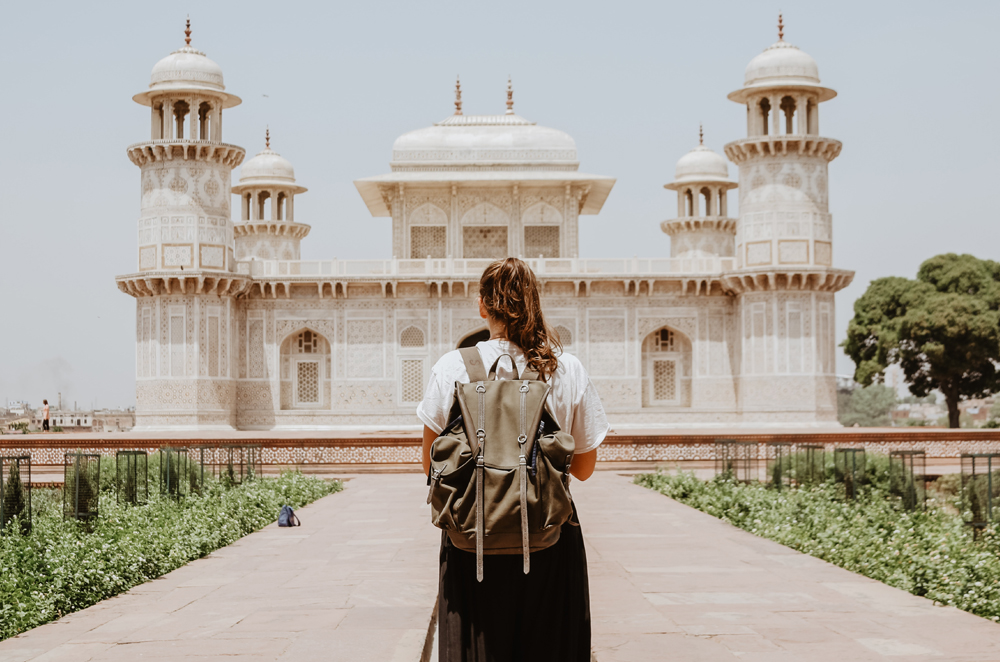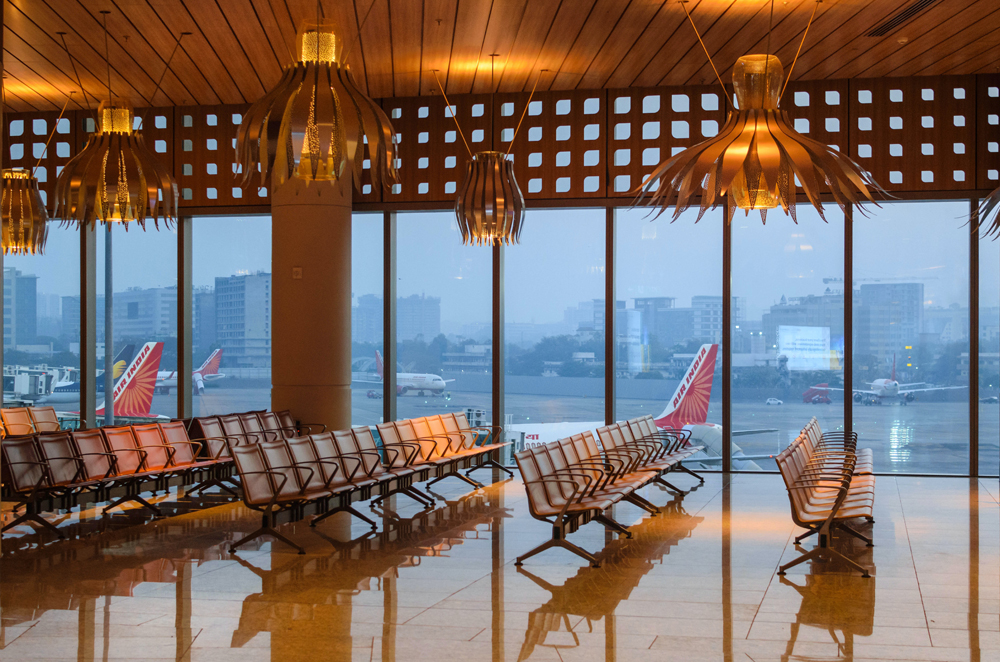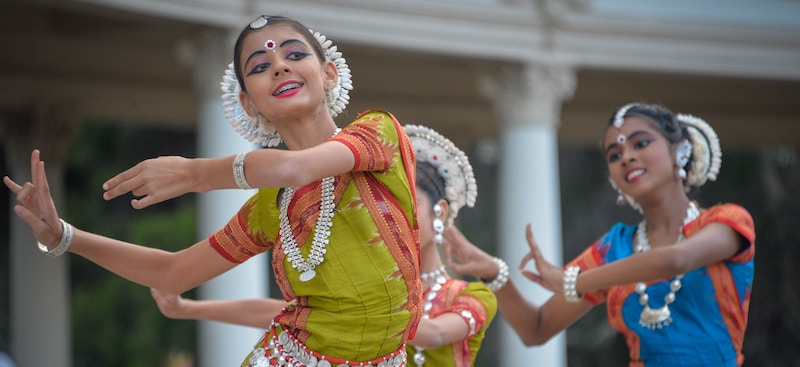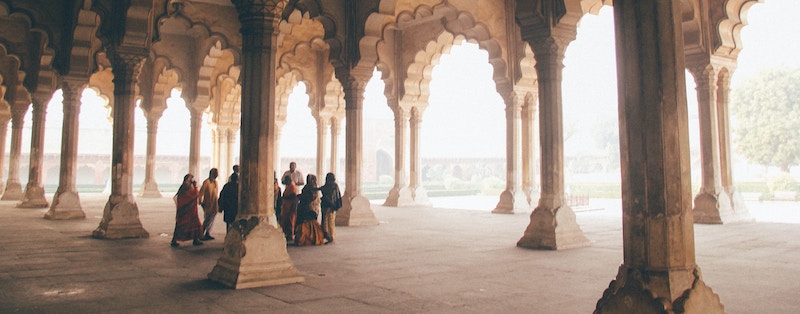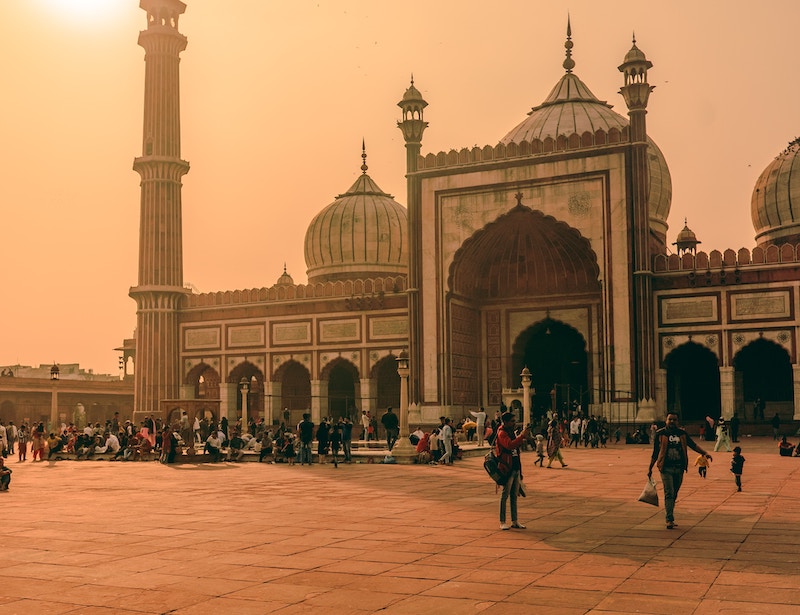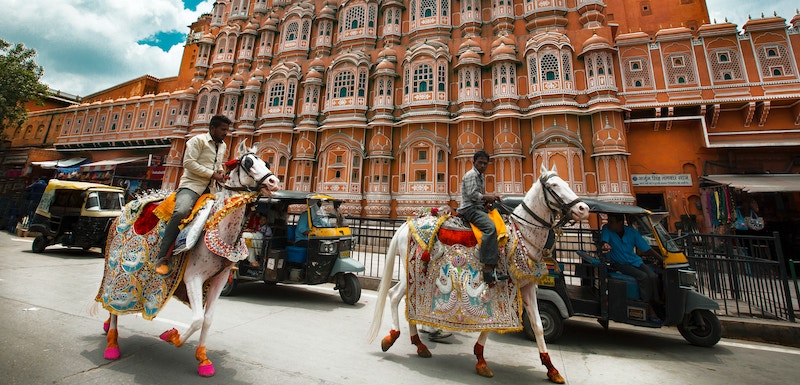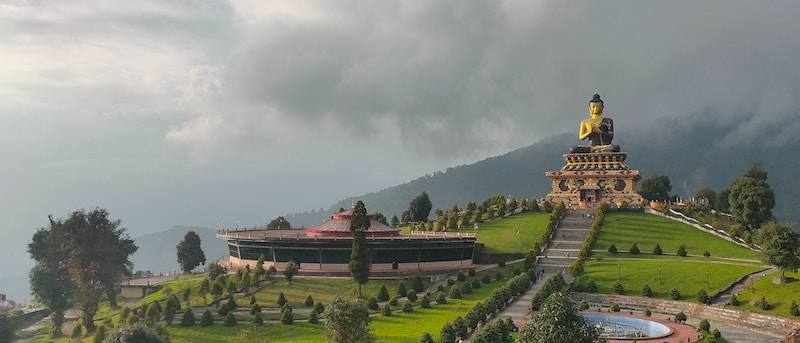Yes. As a US citizen, you’ll be required to obtain a tourist visa in order to enter India.
Getting an India Visa for US Citizens
From cultural immersion at 36 UNESCO World Heritage sites to getting a taste of authentic culinary staples, such as masala dosas, you’ll find many reasons to visit India for fun and pleasure. This vast South Asian country of 1.2 billion people is globally renowned for its vibrant culture, fast-paced cities, flavorful cuisine, spectacular wildernesses where Bengal tigers and elephants roam, and traditions and festivals, such as Diwali.
Among India’s top tourist attractions are the Taj Mahal in Agra, the spiritual city of Varanasi on the banks of the River Ganges, the “pink city” of Jaipur, and the capital city of New Delhi, with its monuments, markets, and street food. Whether you want to climb mountains in the Himalayas or lounge on a beach in Goa, India delivers a multitude of adventure opportunities.
From the various types of visas to the travel documents required, here is the essential information United States citizens should know to visit India.
Essential Travel Information
-
Languages Spoken
Hindi (official language), English (second official language)
-
Time Zone
Indian Standard Time (UTC+5:30)
-
Climate
Tropical (average high temperature, 86°F; average low temperature, 77°F)
-
Country Calling Code
+91
-
Electricity
230V/50 Hz (requires Type C, D, and M socket plugs)
-
Capital City and US Embassy
New Delhi
-
Currency
Indian rupee (₹; INR); current exchange rate, ₹1 = US$0.012 (exchange rate subject to change)
-
Embassies and Consulates
The US embassy is in New Delhi, and US consulates are in Mumbai, Kolkata, Chennai, and Hyderabad
Unlocking the World: Adventures Await on Your Traveler's Path
Get your VISADo US Citizens Need a Visa for Travel to India?
For travel to India, there are two types of tourist visas for US citizen travelers: a standard paper Indian visa and an Indian e-visa.
Tourist Visa
The standard paper tourist visa is valid for ten years. These cost US$150. In addition to mandatory government fees, Entriva charges amongst the industry’s lowest handling fees (starting at just $50).
E-tourist Visa
If you meet certain requirements, you may be eligible to apply for an India visa online, an easy and convenient process. You can choose e-Visas depending on the length of stay. E-Visas are available in one-month (30 days), one-year, and five-year increments.
In addition to Entriva’s handling fees, e-tourist visa fees vary by visa type and country of origin. But most are as follows:
- 30-day visa, April to June: US$10
- 30-day visa, July to March: US$25
- One year (365 day) visa: US$40
- Five-year visa: US$80
You need to apply for an Indian e-Visa at least four days prior to your arrival date, with processing and delivery of the e-Visa within three business days.
The Government of India also offers e-Visas for business and medical treatment with an e-business visa and an e-medical visa.
General Travel Requirements to Enter India
Passport: In addition to your e-Visa or paper visa for India, you’ll also need a valid passport with at least two blank pages and an expiration date at least six months beyond the date of your visa application.
Vaccinations: If you’re traveling to India from yellow fever–affected countries, you’ll need to bring proof of vaccination against yellow fever. While not required, the Centers for Disease Control and Prevention recommend getting vaccinated against Hepatitis A and B and, depending on where you’ll be traveling within India, taking antimalarial medicine.
India Travel Restrictions
There are no entry, testing, or masking requirements for COVID-19. Incoming passengers may be asked to physically distance during deboarding and undergo thermal screening at their point of entry; a small subsection may also undergo random post-arrival testing at the airport.
Consult India’s Ministry of Health and Family Welfare for the latest COVID-19 travel advisories and the US Centers for Disease Control and Prevention (CDC) for the most recent recommendations regarding travel to India.
Due to crime and terrorism incidents, the US State Department has a Travel Advisory set for American citizens in India.
For more up-to-date information about travel restrictions to India, check Entriva’s travel map, or with the US State Department and the US embassy and consulates in India.
Health and Safety in India
For the most part, India is a safe country, provided that you take some precautions and are aware of your surroundings.
- Delhi belly: Many travelers deal with stomach and digestion issues, due to unfamiliar bacteria in the food and water. Avoid tap water by drinking and using bottled water for hygiene needs, like brushing teeth.
- Be wary of pickpockets in busy, crowded areas and popular tourist sites. Be careful of scams or being ripped off at currency exchanges.
- Bring and frequently use hand sanitizer.
- For women travelers, expect to occasionally experience harassment while out in public. You can try to avoid confrontations by traveling with a group, wearing a wedding ring, and being discreet so as not to draw attention to yourself.
Local Laws for Travelers to India
As travelers, it’s important to respect the local laws and customs of the country you’re visiting. Here are some Indian laws, regulations, and cultural practices you should be aware of as American citizens visiting India:
- Don’t take photographs of bridges, border crossings, military areas, or inside certain temples, such as the Taj Mahal
- Dress modestly and respectfully, especially when visiting religious sites
- Take off your shoes when entering temples
- Do not engage in overt public displays of affection, due to cultural norms and laws regarding PDA
- Do not smoke in public places
- Avoid eating beef, as cows are sacred in Hinduism
If you’re arrested and imprisoned in India, you should immediately seek legal assistance from a reputable law firm or lawyer. You should also immediately alert your country’s embassy or consulate. They can provide assistance and guidance on what you should do next.
Money, Banking, and Currency in India
In India, the official currency is the Indian rupee. It dates back to ancient India, and today it’s one of the most actively traded currencies in the world, issued and regulated by the Reserve Bank of India.
This is primarily a cash-based economy, so it’s important to understand money in India in order to pay, buy, shop, and haggle properly while you’re visiting.
Preparing for Your India Trip
Obtaining a visa is an essential part of planning your trip. At Entriva, we can easily and efficiently help you with every aspect of getting a India visa. Start your visa application.
For more information on other aspects of travel to India, including local laws, health and safety, local culture and customs, and the possibility of extending your stay, visit our India content hub.
Essential Travel Information
-
Languages Spoken
Hindi (official language), English (second official language)
-
Time Zone
Indian Standard Time (UTC+5:30)
-
Climate
Tropical (average high temperature, 86°F; average low temperature, 77°F)
-
Country Calling Code
+91
-
Electricity
230V/50 Hz (requires Type C, D, and M socket plugs)
-
Capital City and US Embassy
New Delhi
-
Currency
Indian rupee (₹; INR); current exchange rate, ₹1 = US$0.012 (exchange rate subject to change)
-
Embassies and Consulates
The US embassy is in New Delhi, and US consulates are in Mumbai, Kolkata, Chennai, and Hyderabad
Unlocking the World: Adventures Await on Your Traveler's Path
Get Travel Visa

